We believe in providing you with a positive and caring dental environment. Our friendly staff and dentists are ready to help you keep your health and your smile in total harmony. Learn more about us here.
Make An Appointment
We are currently accepting new patients. Contact us today to learn more or call 905-354-9991 to schedule an appointment. We look forward to hearing from you!
Working Hours
-
Monday10am-6pm
-
Tuesday10am-4pm
-
Wednesday9am-6pm
-
ThursdayClosed
-
Friday9am-4pm
-
SaturdayBy Appointment Only
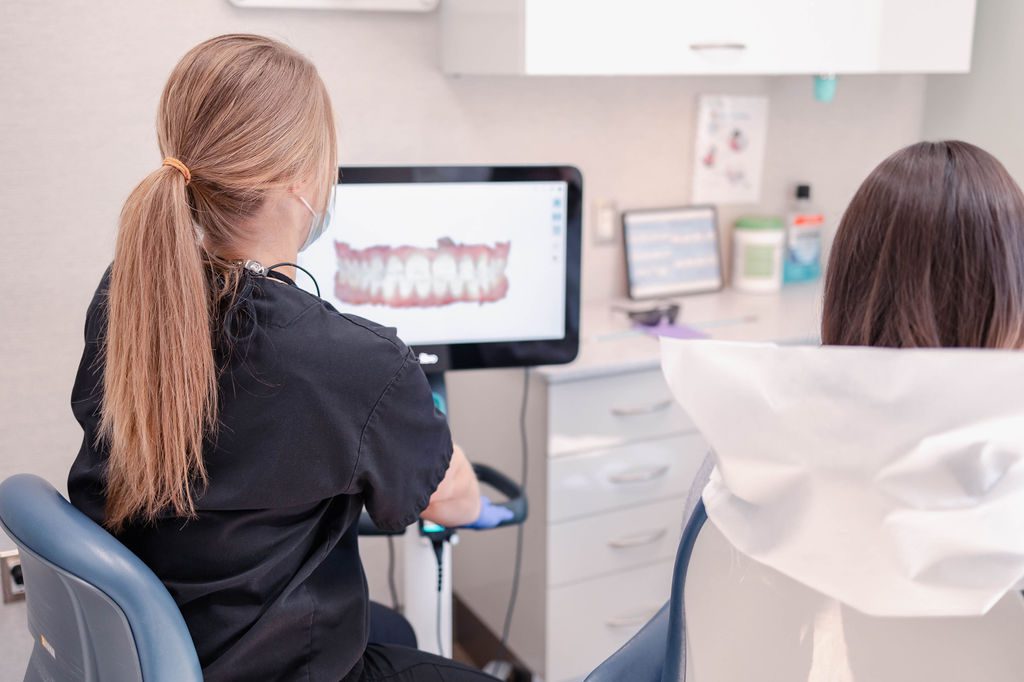
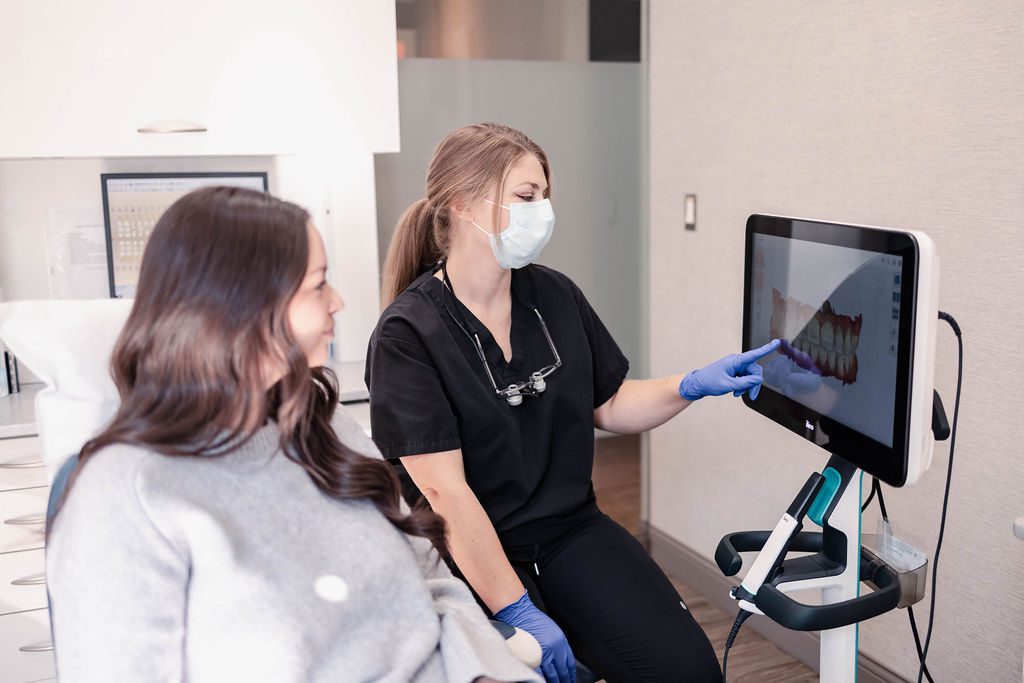
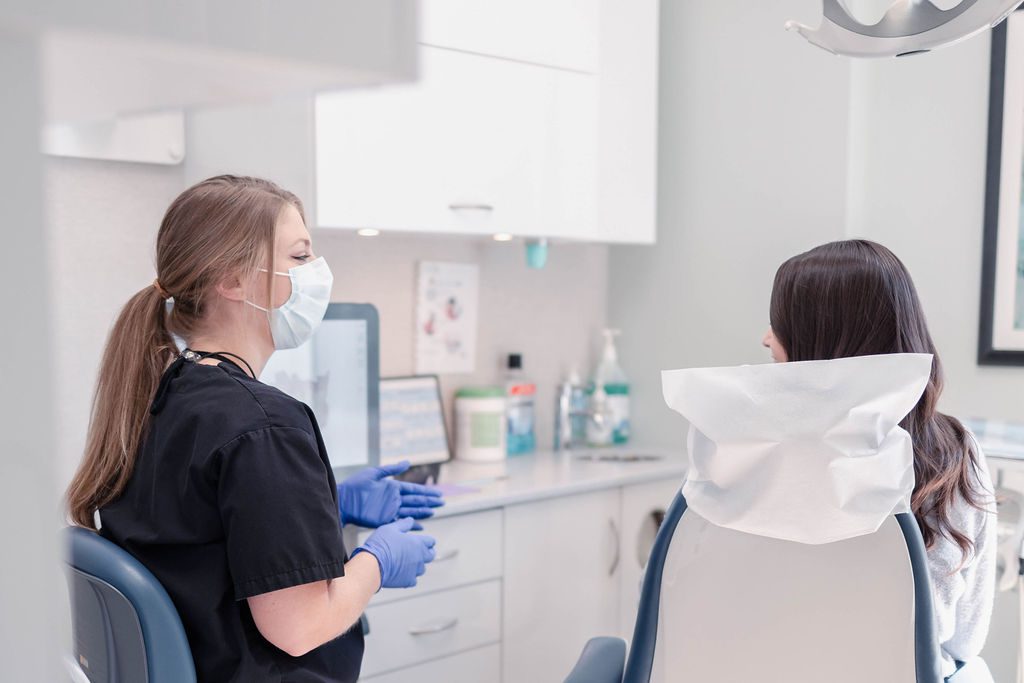
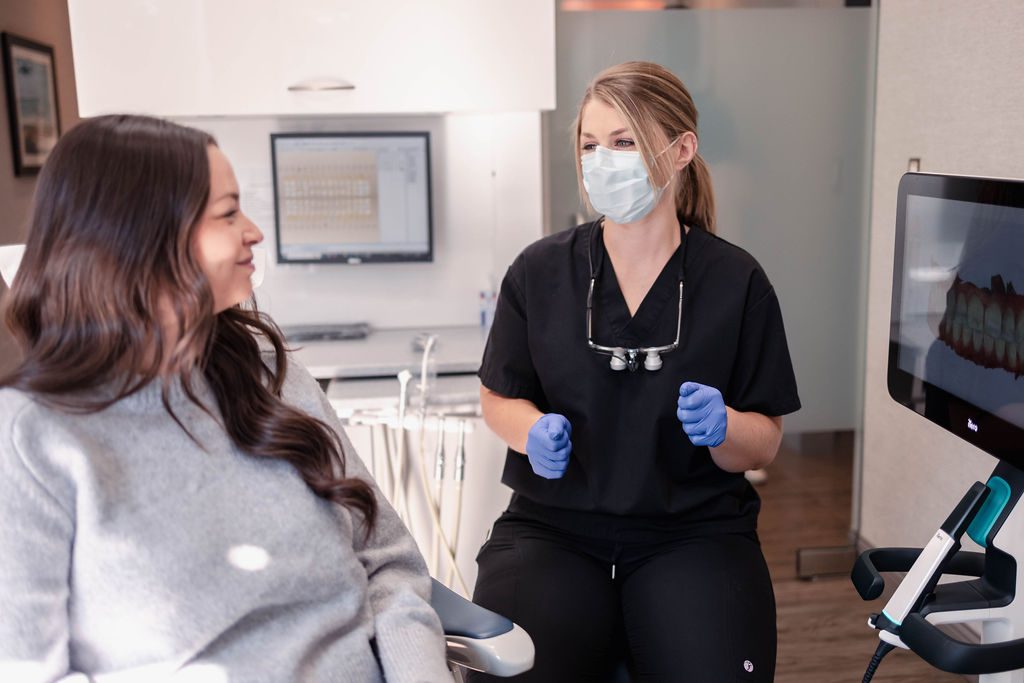
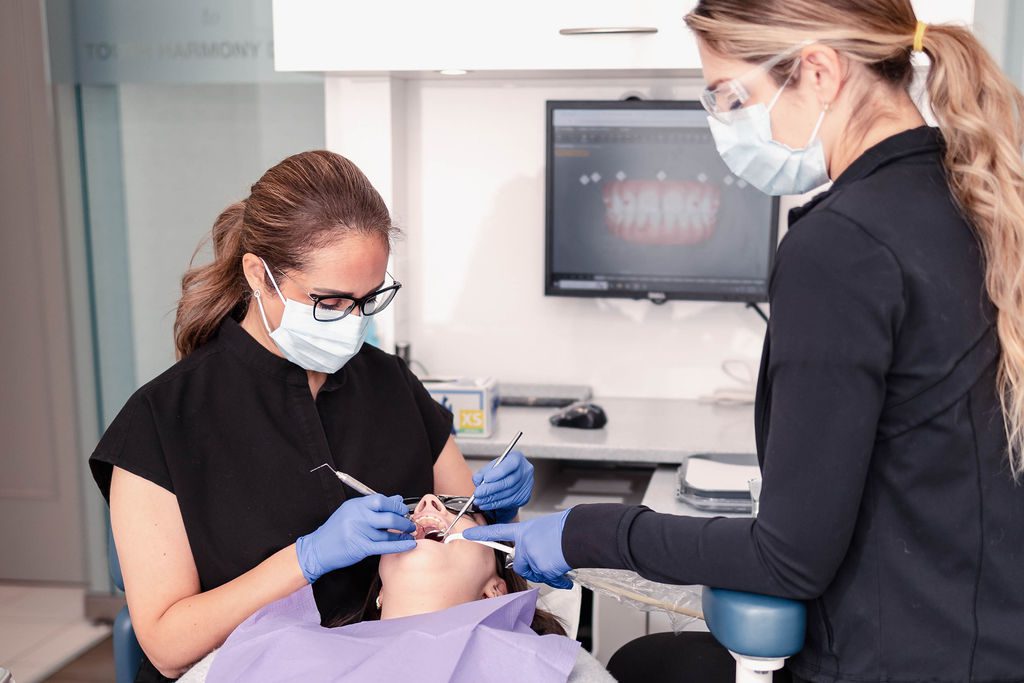
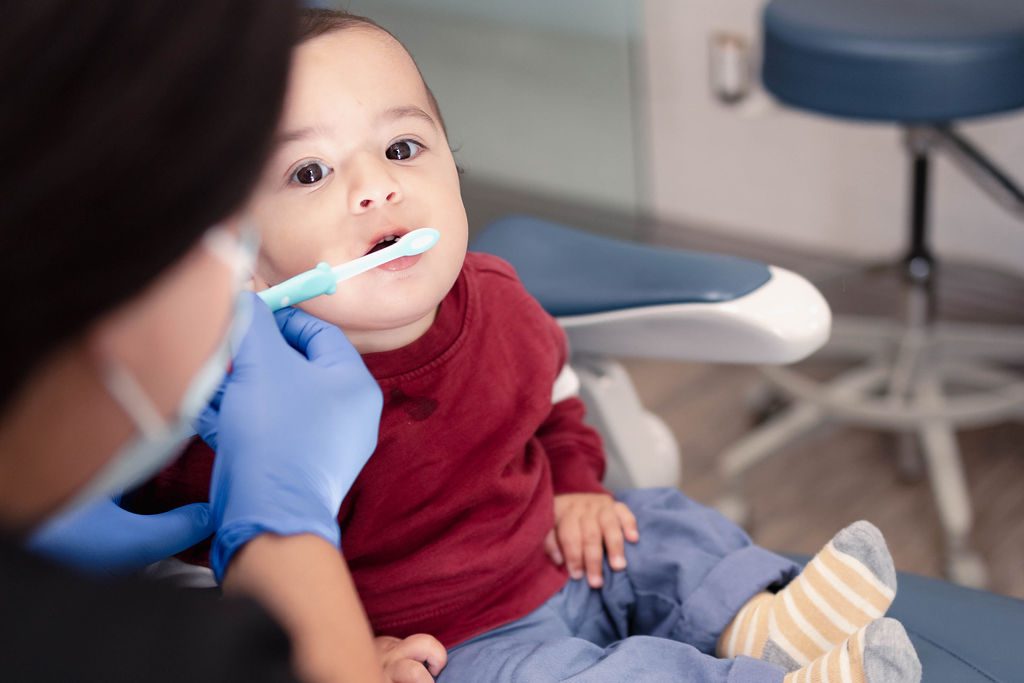
Teeth Whitening
Wondering about the pros and cons of teeth whitening? For most patients, the natural colour of their teeth is a range of light grey-yellow shades. It is natural for your teeth to begin to darken with age. The rate of this can be increased due to surface stains from tobacco products as well as certain foods or drinks.
Skin tone and makeup also affect how white you perceive your teeth to be. People with darker skin tones or who use dark makeup will appear to have brighter, whiter teeth. Teeth are not meant to be completely white, although many of us desire a whiter smile hence why Health Canada classifies teeth whitening as cosmetic in nature. In response to this, there are a wide variety of products available to consumers that are either considered surface whiteners or bleaches.
Surface Whiteners
These products use special abrasives to improve the product’s ability to remove surface stains. Most products in this category are either toothpaste or chewing gums. Because the special abrasives in these whitening products are often only finer versions of what is used in regular toothpaste, they are unlikely to cause excessive tooth wear. However, the effectiveness of these products is limited to surface stains and should not be used as a substitute for professional cleaning.
Bleaches
Most bleaching products are peroxide-based and are actually capable of altering the colours of the tooth itself. However, not all tooth discolourations respond to tooth-bleaching treatments. Individuals contemplating tooth-bleaching should consult with a dentist to determine the cause of the tooth discolouration and to determine whether a bleaching treatment will have the desired result. This step is especially important for patients with fillings, root canal treatments, crowns and/or with extremely dark stains on the anterior teeth.
A number of different bleaching techniques and products are available to patients. Your dentist will use one of these two methods to whiten your teeth:
- Vital bleaching is done on “living” teeth and can be used to whiten your teeth if they have become stained by food or tobacco, or if they have become dark with age.
- Non-vital bleaching is bleaching done on teeth that are no longer “alive.” If your tooth has changed colour because of a root canal, non-vital bleaching can lighten your tooth from the inside out.
Here are three methods for bleaching teeth. The method that will work best for you depends on the number of teeth that need to be bleached, and on how badly they are stained (or discoloured).
Your dentist may suggest:
- Putting a special bleach on your stained teeth and using heat (or heat and light) to start the bleaching action; or
- Wearing a custom-made mouth-guard filled with a special bleach for part of each day; or
- Brushing with a special bleach mixed in toothpaste.
Bleaching should be done only under a dentist’s care. Tooth-bleaching under controlled dental office conditions may be safe and effective, but the new in-office vital tooth-bleaching techniques, particularly those using lasers and lights, have undergone little scientific assessment.
Home-use tooth-bleaching systems are available to the general public, either from a dentist or from various retail outlets. Clinical studies support the safety and effectiveness of home-use bleaching gels when used appropriately. Tooth sensitivity and irritation to soft tissues can occur during bleaching treatment, but these effects are transient. Yet the effects of long-term tooth-bleaching are unknown and need to be researched, especially since the effect is not permanent and many individuals end up undergoing periodic bleaching treatments.
Emergency & Same Day Appointments
For emergency dental care, we strive to see our patients within 24 hours (within business hours), and the same day if at all possible. New patients are always welcome. The purpose of your visit will be to relieve the discomfort, diagnose the problem and advise you of your options for resolving it. You may need an urgent visit for a dental emergency if you have:
A broken tooth
A broken tooth can cause pain, sensitivity, and should be treated promptly to prevent further damage or infection.
A tooth ache
A toothache is a sign of underlying dental problems and can range from mild discomfort to severe, throbbing pain that requires immediate attention.
A lost crown or filling
A lost crown or filling can expose the tooth to damage and sensitivity, making prompt dental repair essential.
Any pain or infection in your mouth, face or neck area
Any pain or infection in your mouth, face, or neck area may indicate a serious dental or health issue and should be evaluated by a professional as soon as possible.
Any other dental problem or discomfort
Any other dental problem or discomfort should not be ignored, as early treatment can prevent more serious complications.
Digital X-Rays
Digital X-rays are the newest, safest technology for acquiring dental X-rays, using about half the radiation of conventional X-ray taking methods. Images are captured using a flat electronic sensor which relays directly to the computer for immediate review by your dental health care professional.
Laughing Gas Sedation
Nitrous oxide is a safe and effective sedative agent that is mixed with oxygen and inhaled through a small mask that fits over your nose to help you relax during certain procedures. It is not intended to put you to sleep. You will be able to hear and respond to any requests or directions Dr. Wid may have. Dr, Wid will ask you to breathe normally through your nose, and within a few short minutes, you should start to feel the effects of the nitrous oxide. Ultimately, you should feel calm and comfortable. The effects of nitrous oxide wear off soon after the mask is removed.
